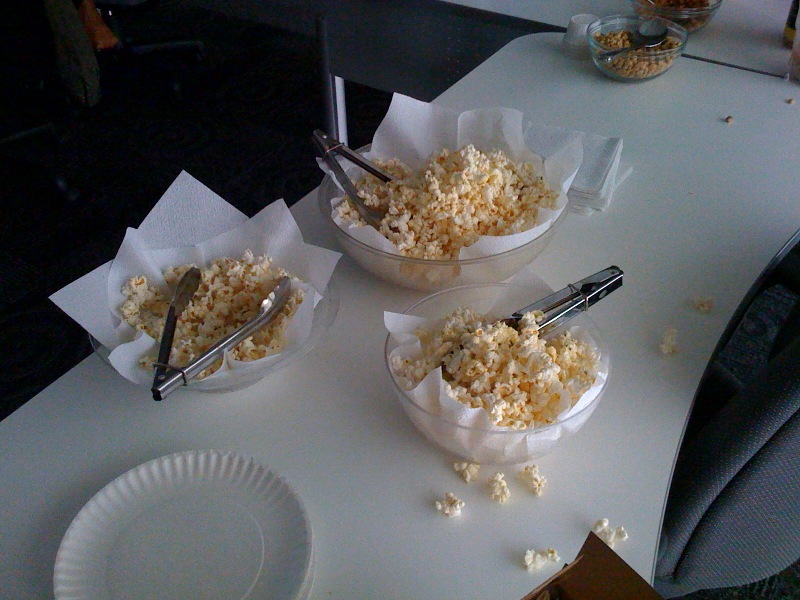I’ve written a couple of previous posts on movies (The Dam Busters, The Adventures of Robin Hood) that are good metaphors for a startup company. I recently re-watched another favourite movie, King Kong (the original version from 1933), and enjoyed the startup elements in the story. In contrast with the previous posts, though, King Kong doesn’t end well at all for the startup!
King Kong features a visionary serial entrepreneur (movie maker Carl Denham) who has an innovative idea (a trip to a scary and mysterious island to make a movie like none that anyone has seen) to solve a pressing problem (putting patrons in seats at movie theatres despite the hard economic times).
Denham hires his key employees (Captain Englehorn and his ship the Venture, ship’s first mate Jack Driscoll, lead actress Ann Darrow) convincing them that his vision will lead to success (“It’s money and adventure and fame. Its the thrill of a lifetime and a long sea voyage that starts at six o’clock tomorrow morning.”) Denham successfully grows his startup company and hires a team who buy into his vision (he recruits a large crew for the voyage), and then goes deep into R&D mode (sets sail for the mysterious island on his ship of choice, the Venture).
Having achieved initial technical success (camera tests on the voyage, discovering the island), Denham and his company suffer one great setback (Anne is taken by islanders) after another (Ann is taken by Kong, a giant ape). Through determination and effort Denham’s team survives early trials (attacks by various giant beasts: Brontosaurus, T. Rex, Stegosaurus, Kong), recovers from early losses (they find Ann, though several crew are lost), and adjusts to new market conditions with a bold and risky plan (they decide to bring Kong back to New York, rather than just a film). Denham puts together an equity sharing plan (excitedly tells the survivors that he’ll share the money they make by exhibiting Kong).
Denham and his team take their product to market (with a plan to exhibit Kong live on stage) and appear poised to reap their rewards (lots of buzz in the sold-out theatre). The product launch is a disaster, though, (Kong escapes his bonds and rampages through New York looking for Ann) and a key employee is lost (Kong again abducts Ann). Denham’s hubris has left his company with nothing, having led to untold damage in his intended market (Kong’s rampage through New York was costly), and the loss of his biggest asset (Kong dies, falling from the Empire State Building, though Ann survives). Disruptive innovation indeed!
Son of Kong (1933), a sequel, isn’t as good as the original, but is fun and interesting for its references to the consequences (lawsuits, etc.) of the action in the earlier film.

